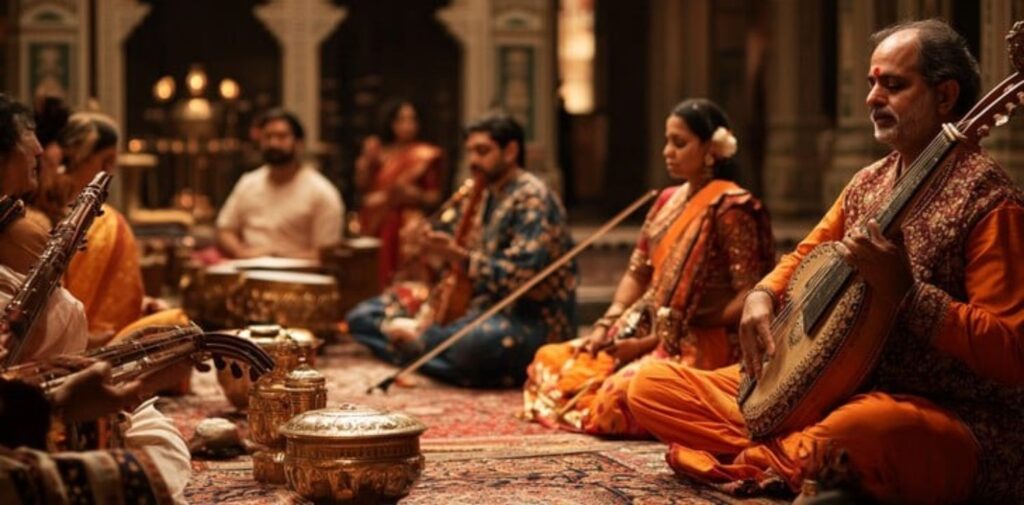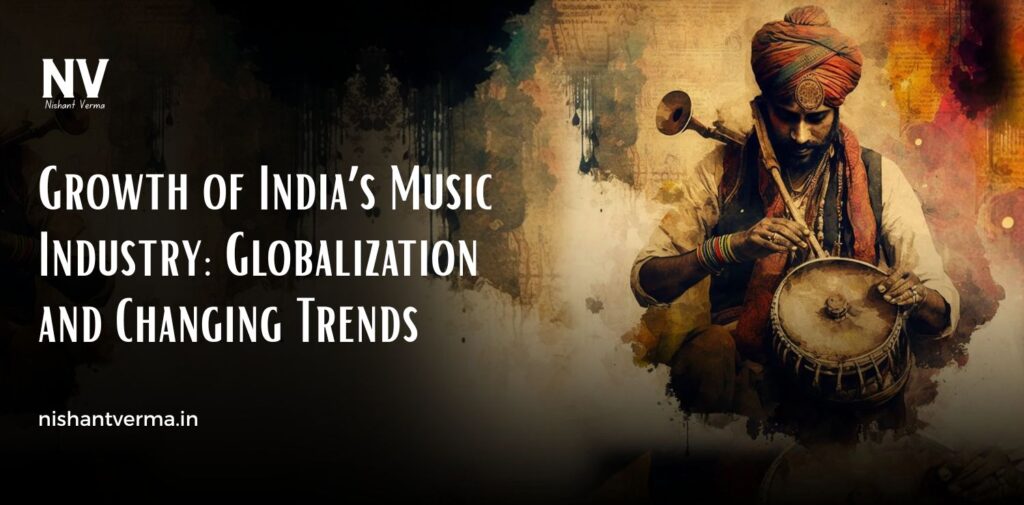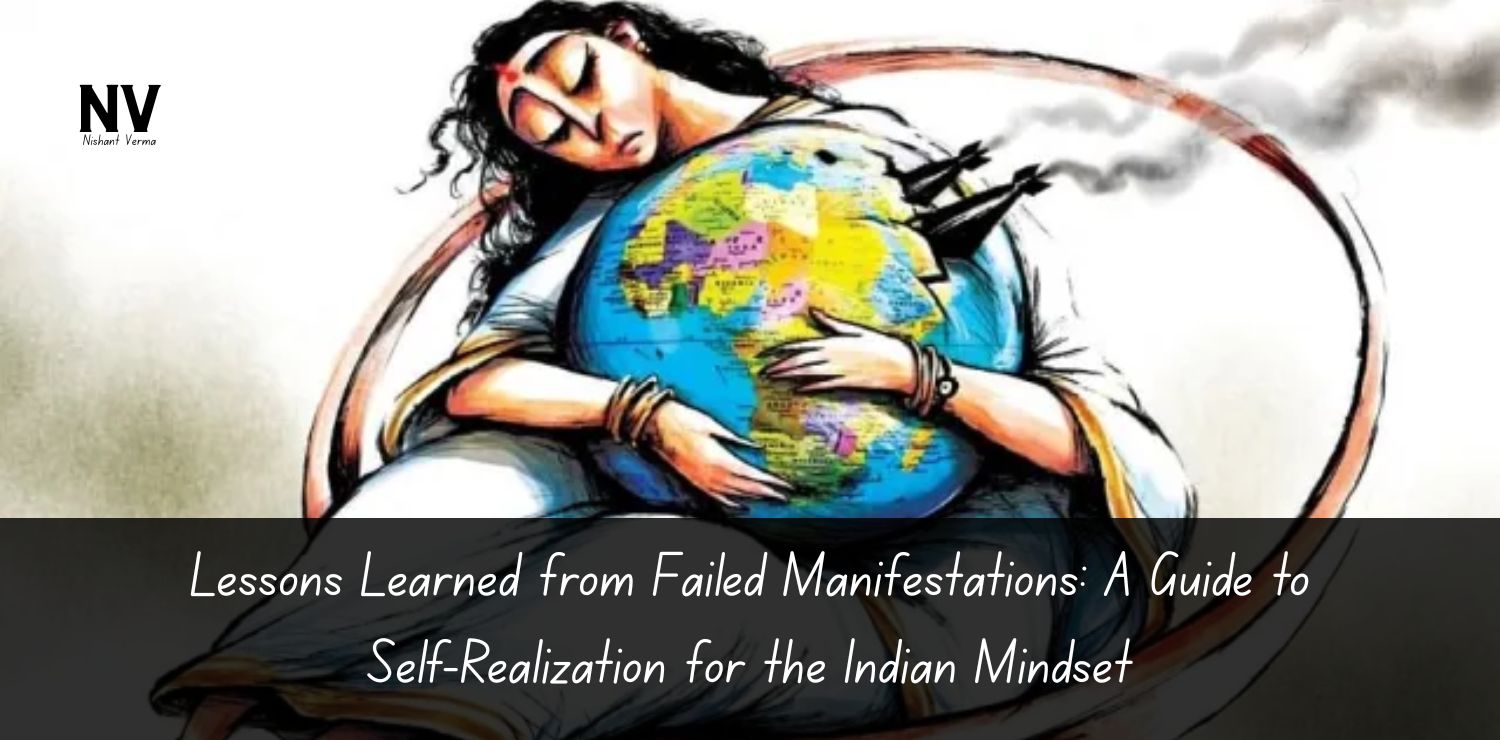India has a rich and diverse musical heritage that spans centuries, with a variety of traditional, classical, folk, and regional music. Over the past few decades, however, the country’s music industry has undergone a remarkable transformation. As India becomes more connected with the rest of the world, globalization has played a crucial role in shaping the music scene, leading to new opportunities and challenges. In this article, we will explore the growth of India music industry, the influence of globalization, and the changing trends that are reshaping it.
The Roots of Indian Music: A Rich Tradition
India’s music industry is deeply rooted in its history. From classical music, with its intricate ragas and talas, to folk music that varies from region to region, the country has always had a vibrant music culture. The two major forms of classical music – Hindustani in the north and Carnatic in the south – have long been central to India’s music scene, with legends like Ravi Shankar, Lata Mangeshkar, and MS Subbulakshmi shaping the country’s musical identity.
Bollywood music, too, has been a dominant force in the industry. For decades, songs from Hindi films have been enjoyed by millions across India and beyond. The connection between Bollywood and music has been a major driving force for the growth of India music industry, contributing to its global recognition. Bollywood music has always been a fusion of different styles, blending traditional Indian sounds with modern influences, which has kept it relevant and popular.

Globalization and the Influence of Western Music
In recent decades, globalization has played a major role in shaping the Indian music industry. With the rise of the internet, satellite TV, and streaming platforms, Indian music has found a global audience, while international music influences have also entered the Indian market. As people in India became exposed to Western music styles like pop, rock, jazz, and hip-hop, they started blending these influences with traditional Indian music, giving birth to new, hybrid genres.
The influence of Western music, especially pop and rock, is evident in the rise of Indian artists and bands that are experimenting with new sounds. Indian musicians started incorporating electric guitars, synthesizers, and electronic beats into their compositions. This fusion of Indian melodies with Western rhythms and instrumentation has created a unique sound that appeals to both domestic and international listeners.
This globalization of music has opened up new opportunities for Indian musicians to collaborate with international artists, leading to an exchange of ideas and musical styles. Artists like A. R. Rahman, who has worked on numerous international projects, have helped bridge the gap between Indian and global music cultures. His work on the soundtrack of films like Slumdog Millionaire earned him global recognition and made him one of the most well-known Indian musicians internationally.
The Digital Revolution and the Rise of Streaming Platforms
The music industry, like many others, has been significantly affected by the digital revolution. In the past, music distribution was largely limited to physical formats such as vinyl records, cassettes, and CDs. However, with the advent of digital technology, music consumption has shifted toward online platforms. The rise of music streaming services like Spotify, Apple Music, YouTube, and Gaana has changed how people listen to music in India and around the world.
Streaming platforms have made it easier for listeners to access a wide variety of music from different genres and languages, all in one place. This has allowed Indian artists to reach a global audience, and in turn, international artists have found a larger fanbase in India. As a result, India has become one of the largest markets for music streaming in the world, with millions of users streaming music every day.
For Indian musicians, digital platforms provide new opportunities for independent music production and distribution. Artists no longer have to rely solely on record labels to distribute their music; they can now upload their songs to streaming platforms directly, allowing them to reach a vast audience. This has led to the rise of independent musicians who can showcase their work without the support of traditional music companies.

Changing Trends in Music Genres and Taste
As India becomes more connected to the global music scene, the tastes of Indian listeners are evolving. While Bollywood music continues to dominate, there has been a noticeable shift toward other genres such as pop, hip-hop, EDM (electronic dance music), and independent music. Young Indians, in particular, are more open to experimenting with different genres and are influenced by international trends in music.
The rise of independent music in India is one of the most significant changes in recent years. Independent artists are creating music that is not bound by the commercial constraints of the mainstream music industry. They are producing unique sounds that reflect diverse experiences and genres, from folk fusion to electronic music and even alternative rock. The popularity of independent music has been boosted by social media platforms like Instagram, Facebook, and YouTube, where musicians can promote their work directly to fans.
Live music events, concerts, and music festivals are also contributing to the changing trends in India’s music industry. Festivals like Sunburn (electronic dance music), NH7 Weekender (indie music), and SulaFest (fusion and jazz) attract thousands of music lovers each year. These events have become important platforms for independent and emerging artists to showcase their talent. The growth of live events and music festivals also reflects the growing demand for diverse musical experiences beyond Bollywood.
The Role of Social Media and YouTube in Shaping Music Careers
Social media and digital platforms have had a profound impact on the careers of Indian musicians. YouTube, in particular, has become a vital tool for musicians to gain recognition and build a fanbase. Many emerging artists have gained popularity by posting their songs or covers on YouTube, where they can be discovered by millions of viewers. Some artists, like the Indian band “The Local Train” and singer-composer Ritviz, became popular through their YouTube channels before signing deals with record labels.
Social media platforms like Instagram, Twitter, and Facebook have also allowed musicians to engage directly with their audience, promoting their music and sharing their personal stories. This direct interaction has helped break down barriers between musicians and their fans, creating a sense of community and belonging.
For many musicians, the ability to create and share their music online has democratized the industry. Aspiring artists no longer need expensive recording studios or connections with big music labels to break into the industry. Instead, they can start with their smartphones, create music in their bedrooms, and reach global audiences through digital platforms.

Future Prospects: The Road Ahead for India’s Music Industry
The future of India’s music industry looks bright, with continued growth and innovation expected. As technology advances, new trends will continue to emerge, creating fresh opportunities for both established and independent musicians. The rise of artificial intelligence in music production, virtual concerts, and the growing popularity of podcasts are some of the upcoming trends that will shape the future of the industry.
Moreover, the influence of global music trends is likely to continue, with Indian artists experimenting with more international sounds while still preserving their unique cultural identity. Collaborations between Indian and global artists will likely increase, leading to a more diverse and inclusive global music scene.
One of the biggest challenges for the industry will be ensuring that musicians are fairly compensated for their work, especially with the rise of streaming services. While these platforms provide exposure, they often offer minimal financial returns for artists. As the industry continues to evolve, there will need to be a focus on fairer business models that benefit both listeners and creators.
Conclusion: Growth of India Music Industry
India’s music industry has come a long way from its traditional roots to become a vibrant, globally connected market. With the influence of globalization, the rise of digital platforms, and changing trends in music consumption, Indian music is now being heard and appreciated around the world. The future looks promising, as new opportunities arise for independent artists, and as the global music scene becomes more interconnected. With continued innovation and support, India’s music industry is set to play an even more prominent role in the global cultural landscape.




